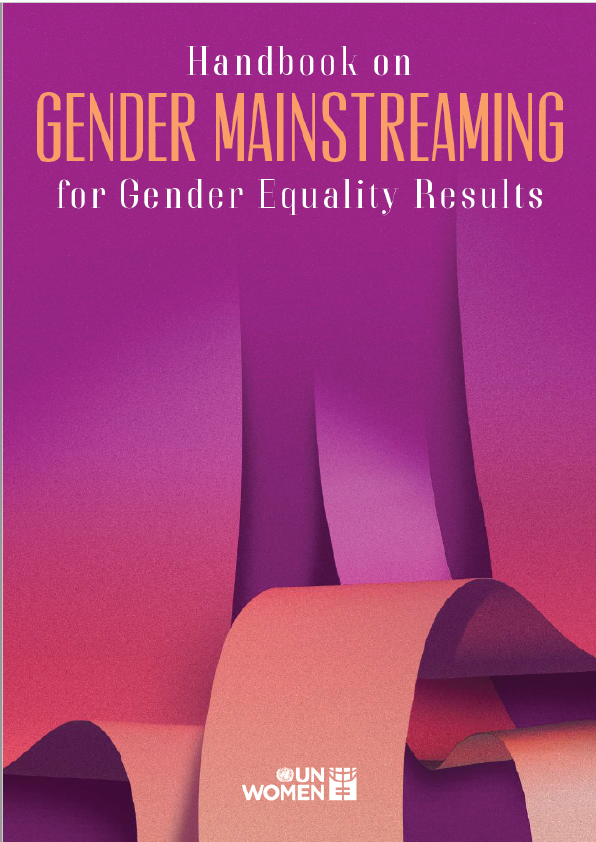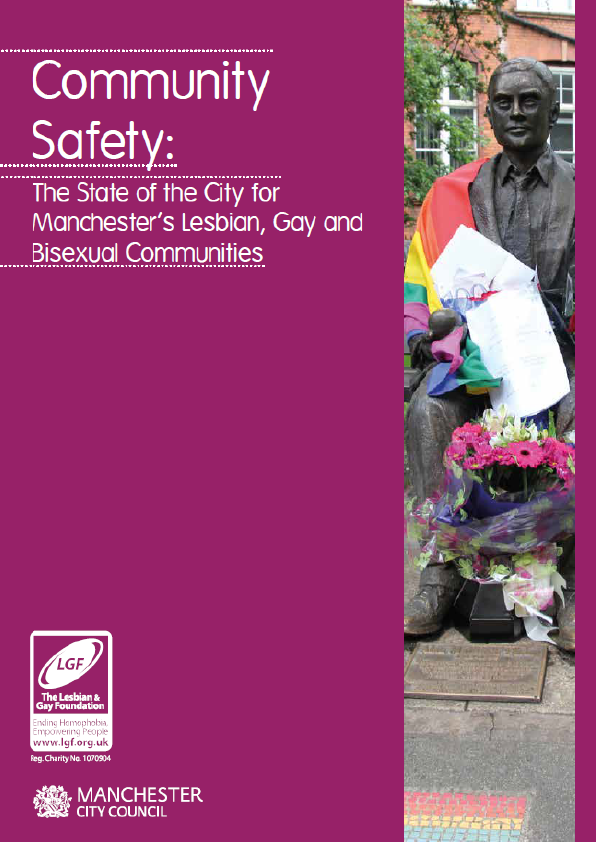Communication in the Real World: An Introduction to Communication Studies overviews the time-tested conceptual foundations of the field, while incorporating the latest research and cutting-edge applications of these basics. Each chapter will include timely, concrete, and real-life examples of communication concepts in action.
Before we dive into the history of communication, it is important that we have a shared understanding of what we mean by the word communication. For our purposes in this book, we will define communication as the process of generating meaning by sending and receiving verbal and nonverbal symbols and signs that are influenced by multiple contexts. This definition builds on other definitions of communication that have been rephrased and refined over many years. In fact, since the systematic study of communication began in colleges and universities a little over one hundred years ago, there have been more than 126 published definitions of communication (Dance & Larson, 1976). In order to get a context for how communication has been conceptualized and studied, let’s look at a history of the field.
From Aristotle to Obama: A Brief History of Communication
While there are rich areas of study in animal communication and interspecies communication, our focus in this book is on human communication. Even though all animals communicate, as human beings we have a special capacity to use symbols to communicate about things outside our immediate temporal and spatial reality (Dance & Larson, 1976). For example, we have the capacity to use abstract symbols, like the word education, to discuss a concept that encapsulates many aspects of teaching and learning. We can also reflect on the past and imagine our future. The ability to think outside our immediate reality is what allows us to create elaborate belief systems, art, philosophy, and academic theories. It’s true that you can teach a gorilla to sign words like food and baby, but its ability to use symbols doesn’t extend to the same level of abstraction as ours. However, humans haven’t always had the sophisticated communication systems that we do today.
Some scholars speculate that humans’ first words were onomatopoetic. You may remember from your English classes that onomatopoeia refers to words that sound like that to which they refer—words like boing, drip, gurgle, swoosh, and whack. Just think about how a prehistoric human could have communicated a lot using these words and hand gestures. He or she could use gurgle to alert others to the presence of water or swoosh and whack to recount what happened on a hunt. In any case, this primitive ability to communicate provided an evolutionary advantage. Those humans who could talk were able to cooperate, share information, make better tools, impress mates, or warn others of danger, which led them to have more offspring who were also more predisposed to communicate (Poe, 2011). This eventually led to the development of a “Talking Culture” during the “Talking Era.” During this 150,000 year period of human existence, ranging from 180,000 BCE to 3500 BCE, talking was the only medium of communication, aside from gestures, that humans had (Poe, 2011).
The beginning of the “Manuscript Era,” around 3500 BCE, marked the turn from oral to written culture. This evolution in communication corresponded with a shift to a more settled, agrarian way of life (Poe, 2011). As hunter-gatherers settled into small villages and began to plan ahead for how to plant, store, protect, and trade or sell their food, they needed accounting systems to keep track of their materials and record transactions. While such transactions were initially tracked with actual objects that symbolized an amount—for example, five pebbles represented five measures of grain—symbols, likely carved into clay, later served as the primary method of record keeping. In this case, five dots might equal five measures of grain.











